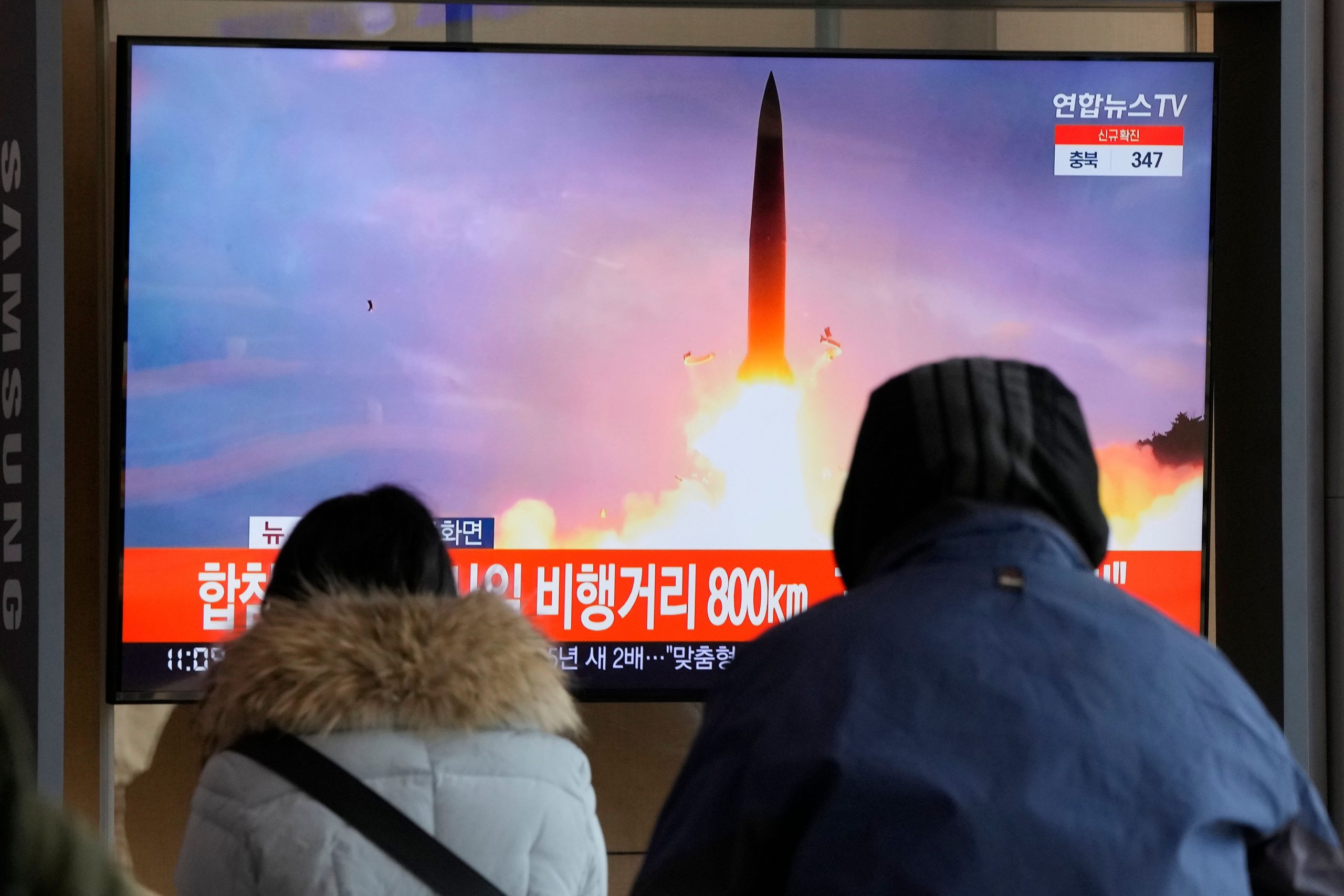North Korea’s seven missile tests in the month of January 2022 could have come at cost of its own people amid a worsening food shortage in the country and dwindling humanitarian aid, say experts.
After Supreme Leader Kim Jong-un acknowledged the “tense” food shortage in the country in June 2021 and vowed to make “radical progress in solving food, clothing and housing problem [sic] for the people” in the closing days of 2021, Pyongyang launched 11 missiles in seven tests over the course of January 2022.
Also read | North Korea tests longest-range missile since 2017
These tests, however, come at a steep cost. According to Bruce Bennett, a senior defense analyst at the RAND Corporation, the tests are likely to have cost Pyongyang somewhere between $33 million to $110 million, reported VOA.
North Korea claimed to have tested various types of missiles in January 2022, namely, hypersonic missiles, tactical guided missiles, cruise missiles, ballistic missiles and an intermediate-range missile, all of which have varying costs.
Short range missiles cost around $3 million each while long range missiles could cost as much as $10 million each. Even taking the average cost of missiles to be $5 million, Pyongyang spent $55 million in January 2022 alone on the tests.
The tests were conducted at a time when Pyongyang is still struggling to deal with food shortages exacerbated by border controls imposed in 2020 to prevent the spread of COVID-19 infections.
According to the World Food Program (WFP), which last distributed food in North Korea in March 2021, the country was already suffering from chronic food shortages prior to the COVID-19 pandemic and border restrictions are expected to have made those shortages worse.
Also read | North Korean leader Kim Jong Un took portable toilet with him to Singapore
A spokesperson for the WFP confirmed the same, telling VOA, “Prior to [the COVID-19] pandemic, DPRK already had chronic food insecurity and malnutrition and substantial humanitarian needs. We assume that the effects of border closure and natural disasters may have further exacerbated it.”
Data from the United Nations’ (UN) Food and Agricultural Organization (FAO) shows that North Korea was already suffering from a severe food shortage in 2020 due to inadequate domestic production. The FAO estimated that the country required around 1.1 million tonnes of cereal imports between 2020 and 2021 to cover the food shortage. However, Pyongyang had 205,000 tonnes of imports planned for the year, leaving a deficit of 860,000 tonnes of food.
Experts also assume the situation to have worsened over the course of 2021.
Also read | Kim Jong Un’s wife, Ri Sol Ju appears in public after 5 months
Faced with such a situation, $55 million could have brought Pyongyang at least 55,000 tonnes of food, even assuming high average global rice prices at $1,000 per metric tonne, and helped ease the food crisis in the country.
However, Pyongyang appears to be focused on ramping up its missile tests at the expense of its people, a move that many believe is aimed at coercing the Joe Biden administration into resuming long-stalled nuclear talks.






